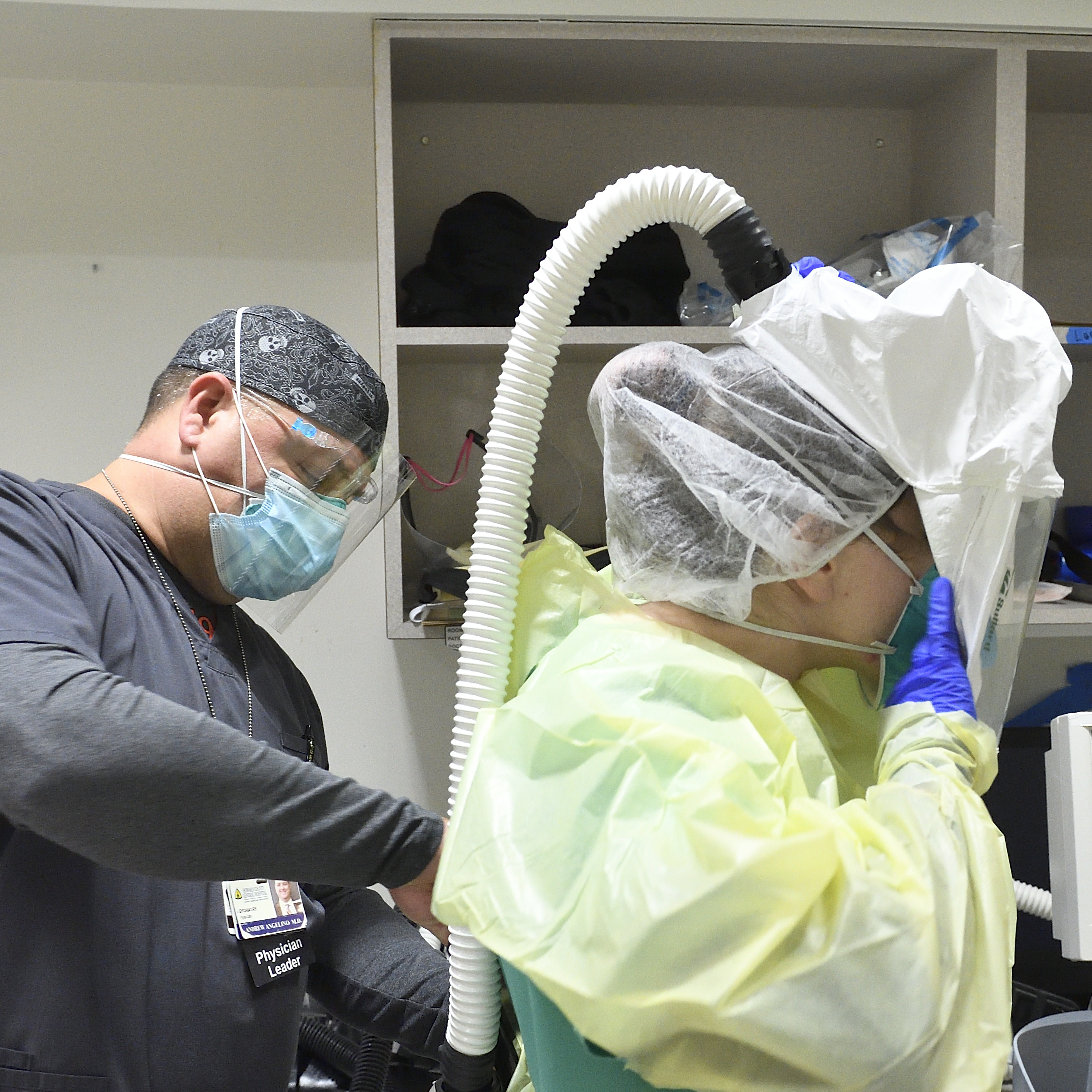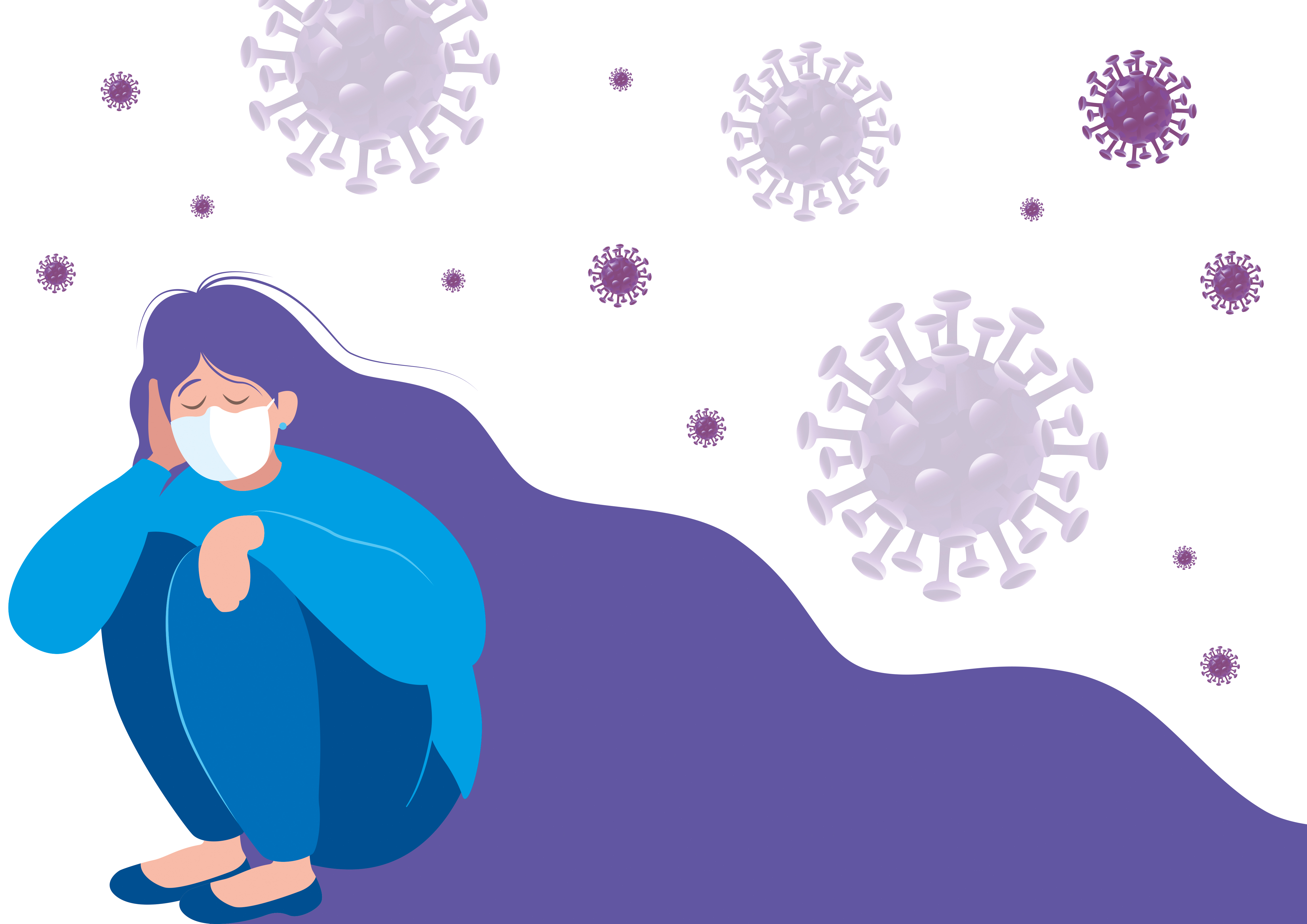Early in the pandemic, there were worries among mental health professionals that COVID-19’s impacts on people’s isolation, stress and finances — coupled with Americans’ unprecedented purchases of guns — would create a perfect storm toward a surge of suicides, says psychiatrist Paul Nestadt. After all, spikes in suicide rates were documented during the 1889 and 1918 flu pandemics, as well as among the elderly in Hong Kong after the 2003 SARS outbreak.
A recent study directed by Nestadt analyzing suicides among Maryland residents during the first six months of the year yielded some surprising findings. Instead of a peak in suicides during the lockdown of spring 2020, the investigation found an overall decrease in suicides compared with the previous three years’ numbers. However, once investigators studied suicide deaths by race, they found that suicides among white residents decreased by 45% during early March to early May, while suicides among Black residents increased by 94% in the same time frame. These results were published as a research letter in JAMA Psychiatry.
“This is obviously concerning, and it serves as a reminder that when we aggregate all of our data — thinking the population is homogeneous — we miss especially vulnerable populations,” says Nestadt, co-director of the Johns Hopkins Anxiety Disorders Clinic. Black Marylanders were much more severely affected by the pandemic in terms of both infection rate and fatalities, he says. It’s possible that other populations hit hard by COVID-19 — such as the Latino community, single mothers balancing work and child care, and older residents — may also have suffered greater distress as marked by suicide, though his dataset was too limited to make those determinations.
Investigators studied suicide death information from Maryland’s Office of the Chief Medical Examiner from Jan. 1 through July 7, 2020, dividing data into three subperiods: a pre-COVID-19 period (Jan. 1 through March 4); a peak pandemic/lockdown period (March 5 through May 7); and a progressive reopening period (May 8 through July 7). Daily suicide mortality was divided by race and compared with the same time periods in 2017, 2018 and 2019.
Overall, there were 236 suicides during the first half of 2020: 161 among whites, 50 among Blacks and the rest among people of other ethnicities. Unlike the peak period, statistics for the first and third subperiods were similar to previous years.
It’s possible that more white residents than Black residents found greater social supports during the first pandemic peak or had a deeper economic cushion to ride out the shutdown, Nestadt says, but further study is necessary.
Nestadt has applied for funding to conduct psychological autopsies, interviewing family members of those who died by suicide, to find out more about what was happening in their households. “Maybe we’ll find that a suicide had very little to do with the pandemic or with the racial justice movement,” he says, “but that a person was going through a messy divorce, or developed a drinking problem or suffered depression after going off of their meds.” Also on the horizon: a follow-up study of suicides during the second peak of 2020 into 2021.
Read the results of the study in a research letter, published in JAMA Psychiatry


